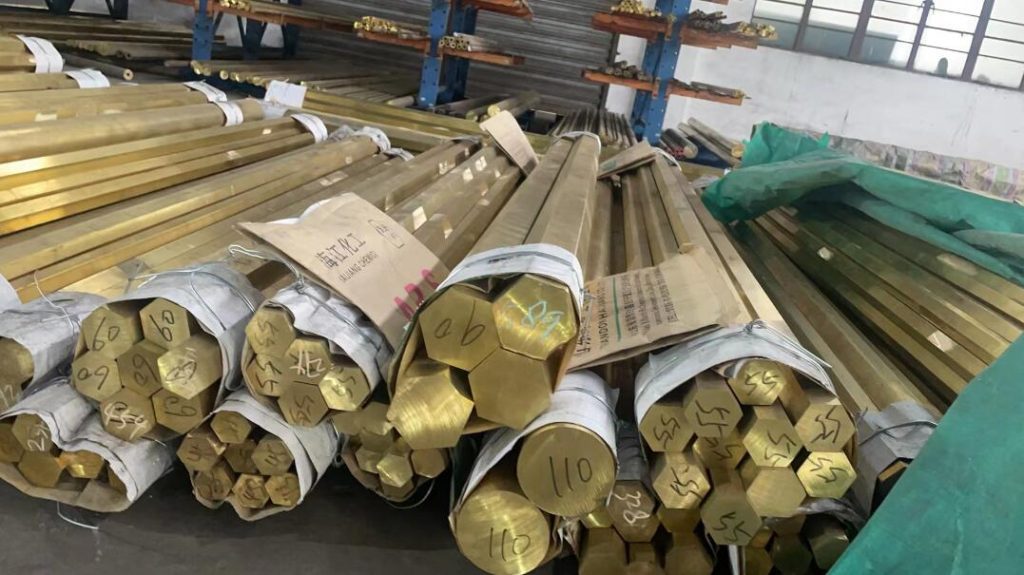Why is Brass Valued in Manufacturing and Industry?
The manufacturing landscape is vast, teeming with many materials waiting to be harnessed. Among them, brass stands tall, confidently showcasing its worth. But what makes it such a prized asset in the industry? Let’s break it down.
A Material for the Ages
From the clock on your wall to the intricate components in machinery, brass’s footprint is omnipresent. This isn’t a coincidence. Through trials and iterations, manufacturing industries have realized that brass offers a unique blend of attributes that few materials can match.
Adaptability to Processes
As someone deeply entrenched in CNC machining, I vouch for brass’s adaptability. Its malleability and strength enable it to be easily molded, cut, or shaped, making it a favorite for processes like CNC milling and turning.
Moreover, its resistance to wear and tear means machinery doesn’t have to bear undue stress, ensuring longevity and efficient operations.
Economic Viability
In business, the bottom line matters. Brass offers an economical solution without compromising on quality. It’s relatively abundant and more cost-effective than many other metals, providing businesses, especially those in developing regions like ours, a competitive edge in the global market.
Durability and Longevity
In aerospace, automotive, and electronics, the longevity of components is paramount. Brass, with its resistance to corrosion and wear, promises just that. Parts made from brass tend to have a longer operational life, translating to fewer replacements and reduced maintenance costs.
Environmental Impact
Today, sustainability isn’t just a buzzword—it’s a necessity. Brass, being recyclable, plays a pivotal role in promoting eco-friendly manufacturing. Recycling brass requires significantly less energy than processing raw materials, reducing the carbon footprint and making it a green choice for industries.
Aesthetics and Finish
Lastly, let’s remember the aesthetic value of brass. Its golden hue provides an elegant finish, making it a popular choice for products where appearance matters, from musical instruments to decorative fixtures.











